Head-To-Head: Windows 10 vs. Mac OS X
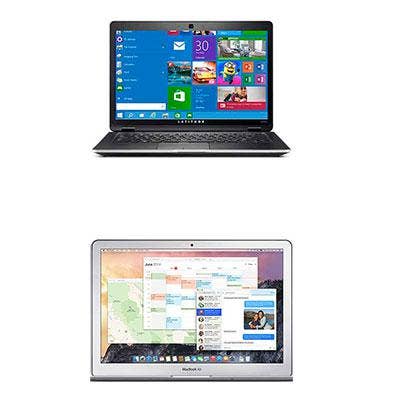
10 vs. 10
Windows 10 has so many similarities to Apple's Mac OS X (pronounced "oh-ess-ten" not "oh-ess-ex") that it might help explain why Microsoft skipped a version 9. The CRN Test Center started immediately to notice this when it pit Windows 10 vs. Windows 8. Here's a look at 10 major points of comparison between the Windows 10 Technical Preview and Mac OS X Mavericks.
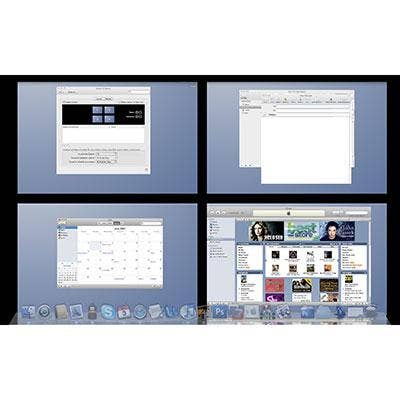
Virtual Desktops
In Windows 10, Microsoft for the first time will implement virtual desktops as a native part of the operating system. This gives Windows users a means to create separate sets of applications that can be logically grouped together according to projects, application type, business/personal, to reduce window clutter or for any other reason. Running apps in Win10 appear in the Taskbar as usual regardless of the desktop they're in, and can be made active by clicking and moving from one desktop to another without quitting and relaunching using Task View, shown next. The keyboard shortcut for switching desktops is ALT-TAB; for creating one it's WIN-CTRL-D.
Shown here is Spaces, Apple's inaugural implementation of the virtual desktop in 2007 with Mac OS X 10.5 Leopard. To switch desktops on the Mac, use CMD-TAB or the Dock, or page through "Spaces" using CMD-arrow keys.
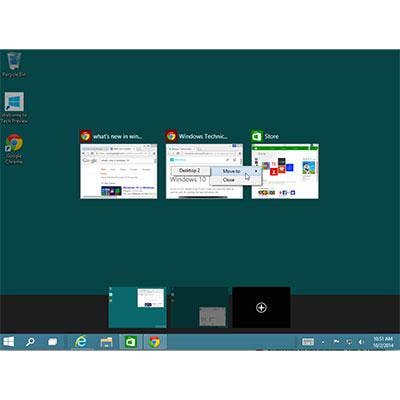
Task View
A new Task View in Windows 10 provided the first inkling that Microsoft might be seeking to flatter Apple with imitation. Task View can be activated by pressing WIN-TAB, by clicking a new (and immovable) button on the Taskbar or by swiping in from the left. Task View puts thumbnails of all open app windows (even if minimized) across the middle of the screen and displays a row of active virtual desktops across the bottom, and one with a plus sign at the far right for adding new virtual desktops. App windows are moved from one desktop to another by right-clicking on the thumbnail and selecting the destination desktop. Though fixed in size, app windows and virtual desktops are not static images, but active windows. To compare this with Apple's Mission Control, hit next.
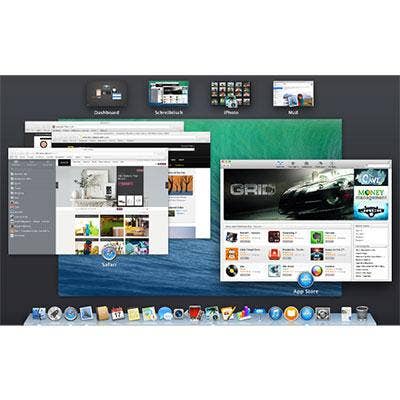
Mission Control
Apple's Mission Control is activated by function key, mouse button or pointing at a screen corner (if so configured). A bit more refined than Windows 10's Task View, app thumbnails are not shrunken to a fixed size, but instead shrink only to the extent necessary to put them all on the screen at once. Mission Control groups windows of the same app (that aren't hidden) together in a stack, each clickable to become active. Virtual desktops are displayed in a row across the top of the screen. App windows can be dragged onto any current desktop or onto the plus sign to automatically add a new desktop for it. Like Task View, Mission Control thumbnails actively display what's happening (such as video) in their window.
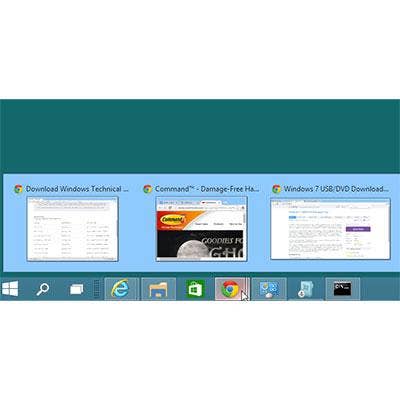
Taskbar vs. Dock
Left-clicking an active app in the Taskbar of Windows 10 (and prior versions) displays that app's open windows in a row of thumbnails, and right-clicking on it lists its recent windows and functions such as Pin to Taskbar, Open and Close. The Mac leaves the thumbnailing to Mission Control; it shows just the app name when hovering and lists the app's open windows (or recent ones, depending on the app) as well as Open, Quit and "Keep In Dock" functions when right-clicking. There are also "Open at Login" and other per-app settings here. Both Microsoft's Taskbar and Apple's Dock indicate which of the shown or "pinned" apps is running regardless of which desktop they're running in.
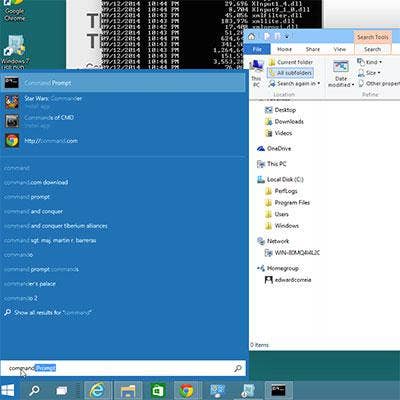
Win dows Search Bar
Windows 10 shepherds the return of the Start Menu, and that's where you'll once again find the Search box. Unfortunately, Win10 search is about as useful as Win8 search. It still does not search the local file system. Perhaps this is Microsoft's attempt to nudge people away from local file storage. All-cloud storage might be the reality some day, but it's not today. Win10 still finds some files in the Search Bar, others in File Explorer, and yet others at the command line (shown). What's more, the Win10 Search Bar is hard-wired to Bing and delivers results that are hard to decipher and impossible to sort. Oh, and it doesn't retain any prior searches, not even for a second; if the results screen goes away, search text has to be entered again.
Dear Microsoft: It's iOS that doesn't allow access to the local file system, not Windows. Please design your desktop search engine accordingly.
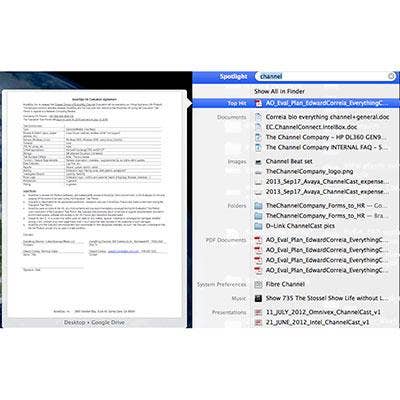
Apple Spotlight
This is how a desktop search engine should work. Everything on the hard drive is indexed and locatable in a split second as characters are entered. The user decides through preferences what should and should not be displayed and which types of files should be displayed first. Hovering over a list item brings up a miniature, scrollable preview of that item. Videos are playable in place. Presentations and other documents display all graphics. Clicking on a result opens the document. Items can be dragged out of the list for copying to folders, servers or external storage. Spotlight is a permanent fixture of the Mac OS X Menu Bar and is embedded in every document window and dialog box. Apple hits a Grand Slam here; Microsoft is a bunt.
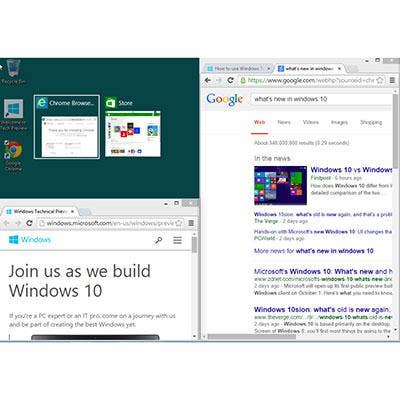
Oh, Snap
Win10 adds a "corner mode" to the auto-docking feature it calls Snap. Introduced with Windows 7, Snap allows windows that are dragged "off the screen" to snap into full- or half-screen sizes automatically. Windows 10 adds a quarter-screen option; dragging a window into any of the screen's four corners will park it in that quarter of the display. Four-way Snap probably makes more sense for tablets, where screen real estate is at a premium, than for desktops. Also new, a Snap Assist feature invokes Task View at certain times for easy Snappage of other running apps. Snapped windows also are resizable manually.
The closest thing Apple offers to Snap is its green-light window control, which automatically resizes a window to display all of its contents. Incidentally, starting with Mac OS X Lion in 2010, Apple added the ability to resize windows from any edge; prior to that drag-resizing was possible only from the lower-right corner.
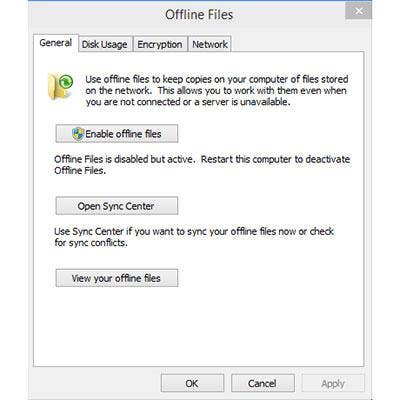
OneDrive, iCloud
In another push to move users to the cloud, Microsoft during the Win10 installation alerts of an automatic backup of local data to a free 15 GB OneDrive account, informing that any new documents will be saved there by default. Files also can be saved locally through the Sync Center Control Panel, but it's disabled by default. To activate offline files, open Control Panel>, Sync Center>, Manage Offline Files>, and click the "Enable offline files" button (shown). A restart might be required. Apple displays a similar prompt during installation, but stores files locally by default and presents iCloud as a free 5-GB optional backup or sync destination for any apps you choose.
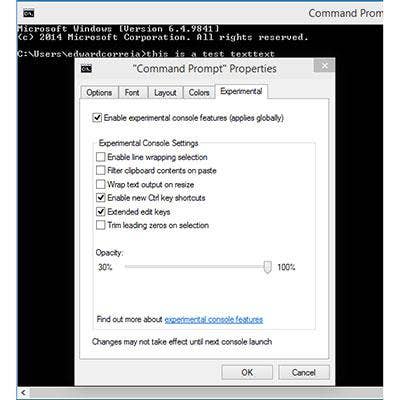
Terminal Text
Console jockeys will jump for joy when they see all the new keyboard hotkeys and selection commands that now work in PowerShell. These include CTRL-X, -C and -V for cut, copy and paste. Doing this in a Mac OS X Terminal window results in nothing but garbage text. And if you were wondering whether CTRL-C will copy the selected text or send a system break, the answer is yes and yes. If no text is selected, CTRL-C will send a break. If text is selected, then CTRL-C will copy the text into the clipboard and clear the selection. A press immediately after that sends the break. Before we score one for Microsoft, we're forced to admit that these experimental command prompt features didn't work in our test environment.
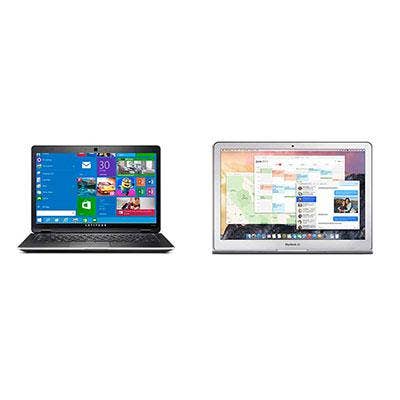
One OS or Two?
Microsoft says that with Windows 10, the company will offer a single operating system for devices from embedded to enterprise. Apple, on the other hand, will continue to develop two operating systems -- Mac OS X for desktops and laptops, and iOS for iPads, iPods and iPhones -- but will make them work better together starting with the release of Yosemite this fall. To see all that Windows 10 will bring, we'll have to wait until mid-2015.